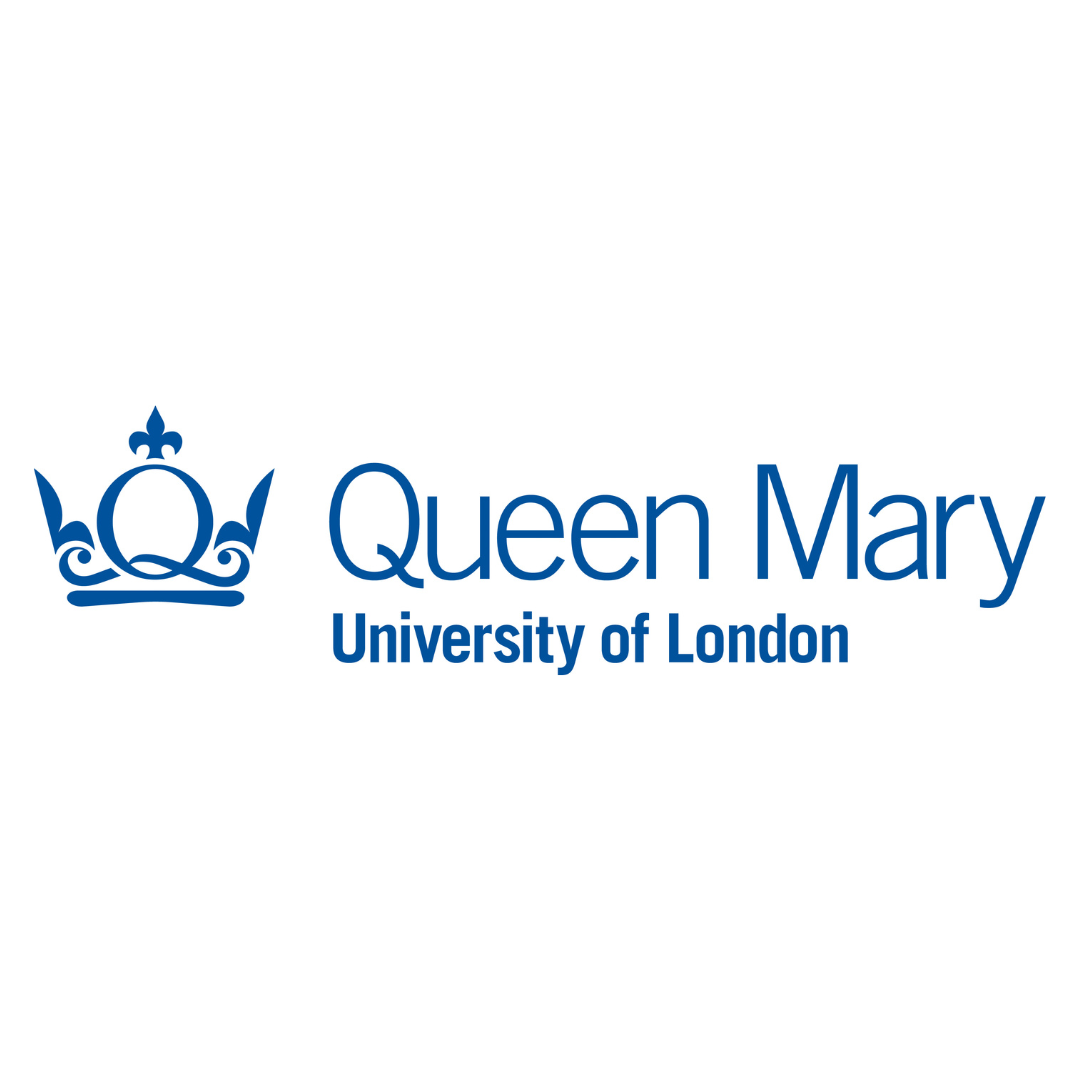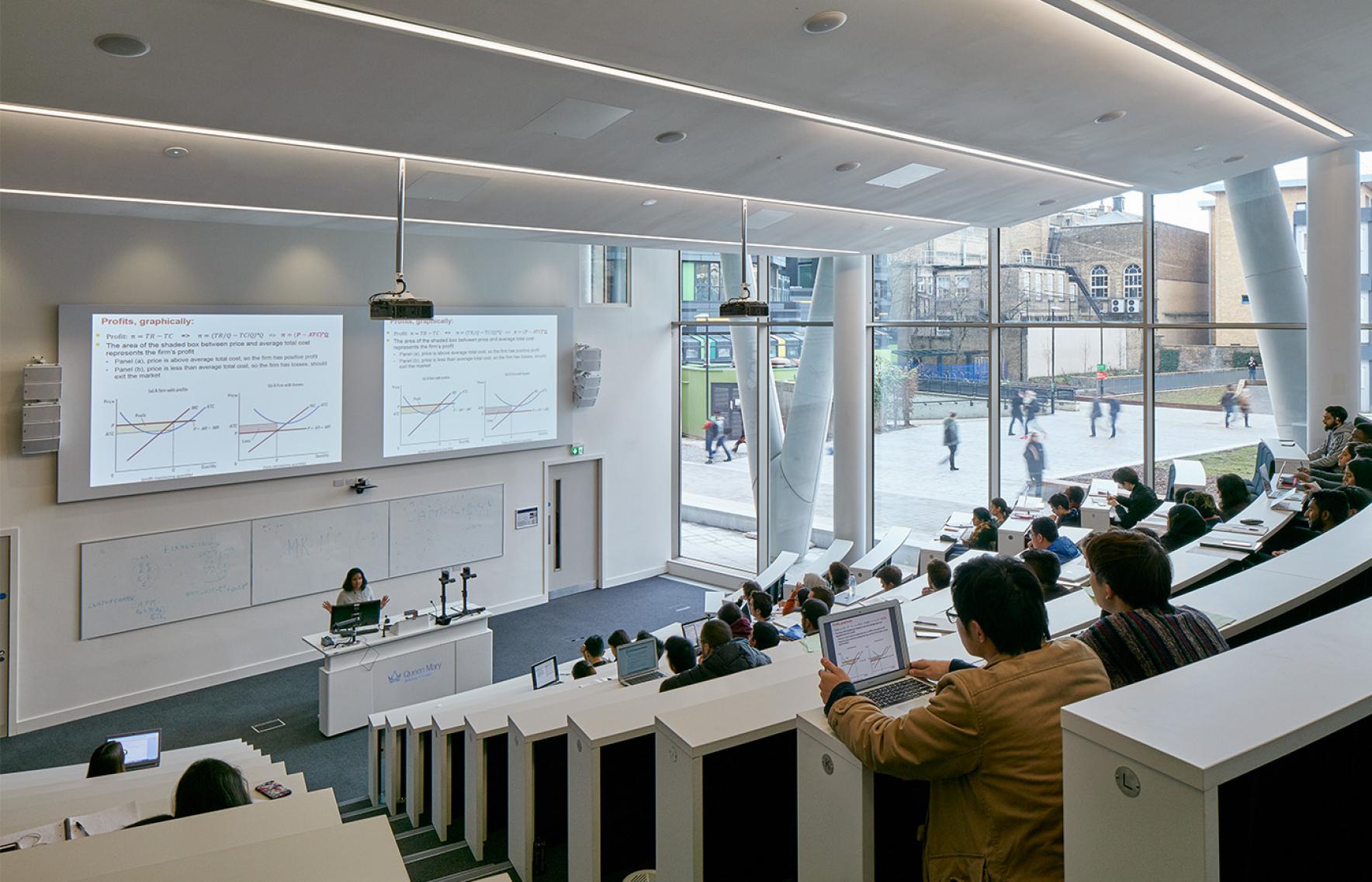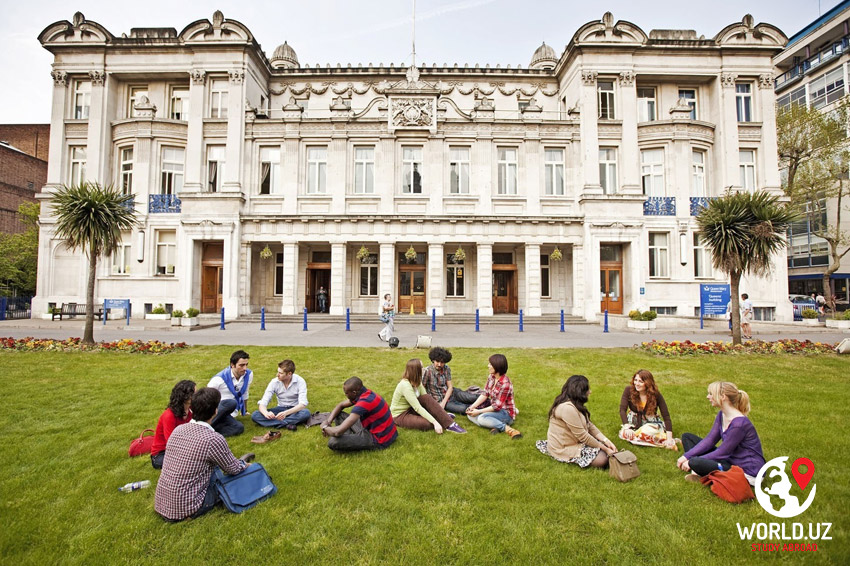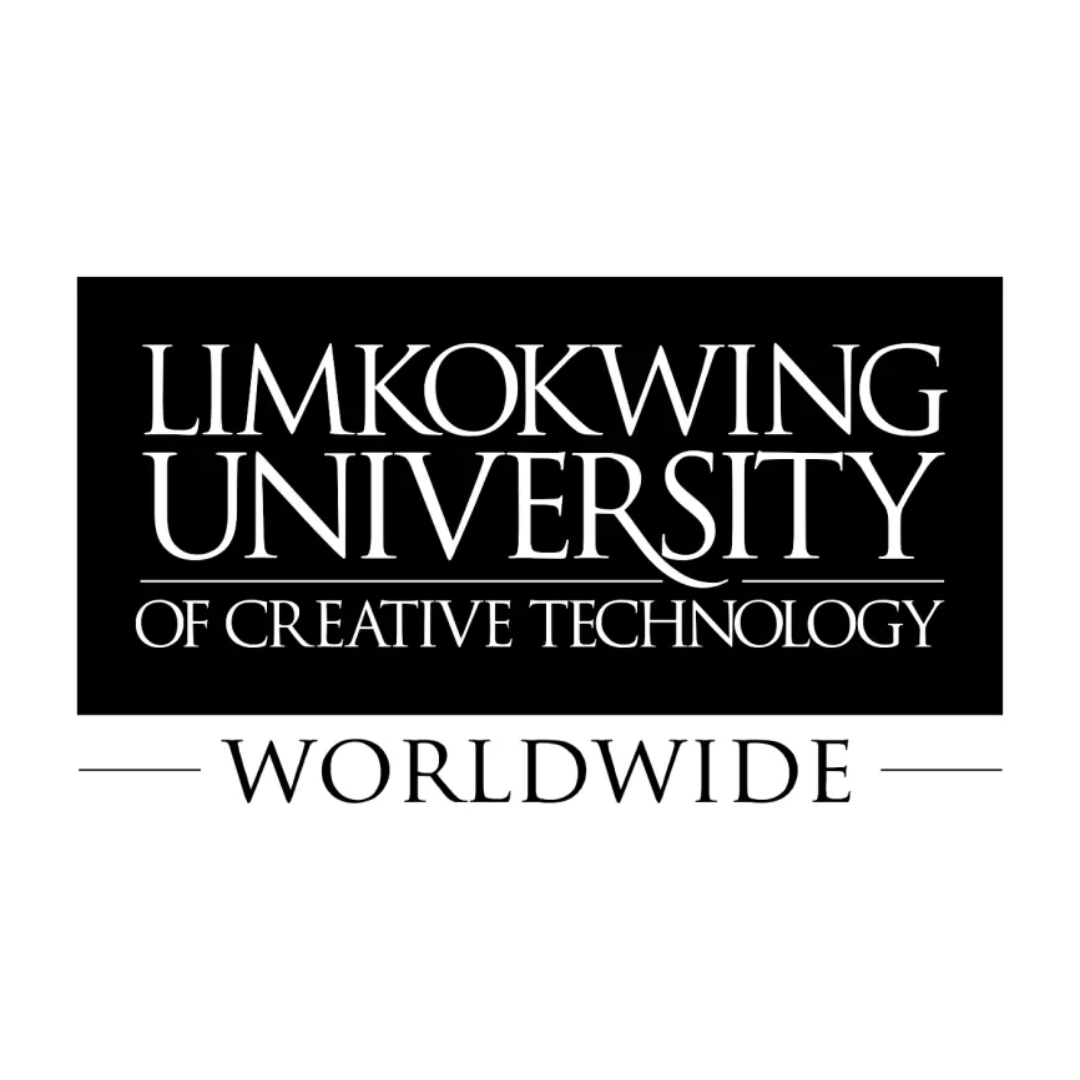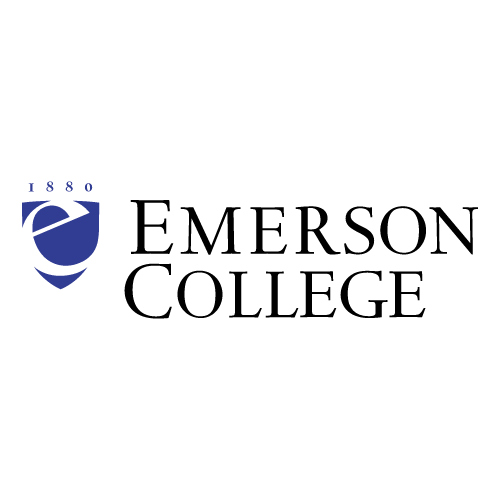Queen Mary University of London (QMUL, or informally QM, and formerly Queen Mary and Westfield College) is a prestigious institution located in Mile End, East London, England. This institution is part of the prestigious University of London.
Today, Queen Mary University of London boasts six campuses spread across East and Central London, strategically located in Mile End, Whitechapel, Charterhouse Square, Ilford, Lincoln’s Inn Fields, and West Smithfield. Additionally, Queen Mary University of London has established a strong global presence with campuses in China, France, Greece, and Malta. The Mile End campus stands out as the most expansive and self-sufficient campus among all London-based universities. The university had approximately 26,000 students in the 2018/19 academic year. Queen Mary University of London is divided into three faculties: the Faculty of Humanities and Social Sciences, the Faculty of Science and Engineering, and Barts and The London School of Medicine and Dentistry.
Queen Mary University of London is affiliated with prestigious British research universities, international university associations, and national higher education organisations. Queen Mary University of London is renowned for its excellence in medical teaching and research, and is proud to be a part of UCLPartners, the world’s largest academic health science centre. Queen Mary University of London operates programmes at the University of London Institute in Paris, assuming the responsibilities previously handled by Royal Holloway.
Queen Mary’s alumni, current and former staff include an impressive nine Nobel Laureates. Some notable alumni of the institution include Ronald Ross, the renowned scientist who made groundbreaking discoveries about malaria, Davidson Nicol, a prominent researcher who uncovered important insights about insulin in the human body, British politician Peter Hain, and Professor Andrew Pollard, the leading investigator behind the Oxford–AstraZeneca COVID-19 vaccine.
Approximately 32,000 students are enrolled in the 21 academic schools and institutes, with a significant portion of them being international students from over 170 different countries. Queen Mary granted over £2 million in studentships to prospective postgraduate students for the 2011/12 academic year.
Queen Mary University of London achieved a commendable joint ninth position in the UK among multi-faculty institutions for the quality (GPA) of its research. In the 2014 Research Excellence Framework, it achieved an impressive 20th position for its Research Power, securing a notable fifth place in the UK for the quality of research outputs. Notably, the Linguistics department was recognised as the top-ranking department in the UK.
According to an analysis by The Guardian newspaper and The Times Higher Education Supplement, Queen Mary was ranked 11th and 13th respectively out of the 132 institutions submitted for the UK Research Assessment Exercise results published in December 2008. Queen Mary, University of London made an impressive leap in the Times Higher Education rankings, climbing an impressive 35 places from 48th in 2001 to 13th in 2008. This remarkable achievement solidifies their position as one of the top research-intensive institutions.
The university is also affiliated with the Screen Studies Group in London. Another interesting finding involves a group of scientists from around the world, led by astronomers at Queen Mary, who have made a remarkable discovery: a planet that orbits Proxima Centauri, the star closest to our Solar System. In 2018, a project led by Queen Mary researchers successfully achieved its objective of sequencing 100,000 whole genomes from patients within the National Health Service.
